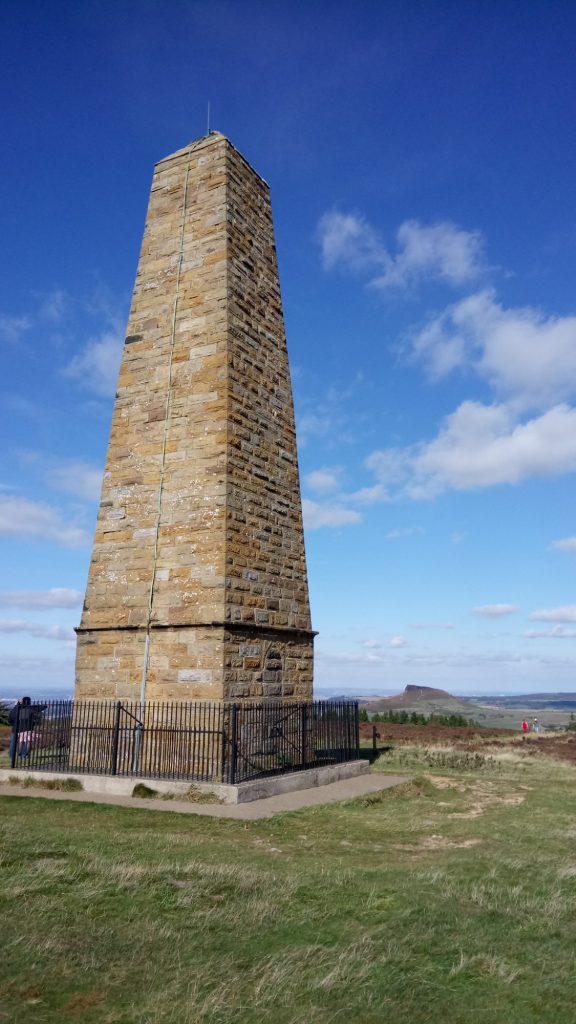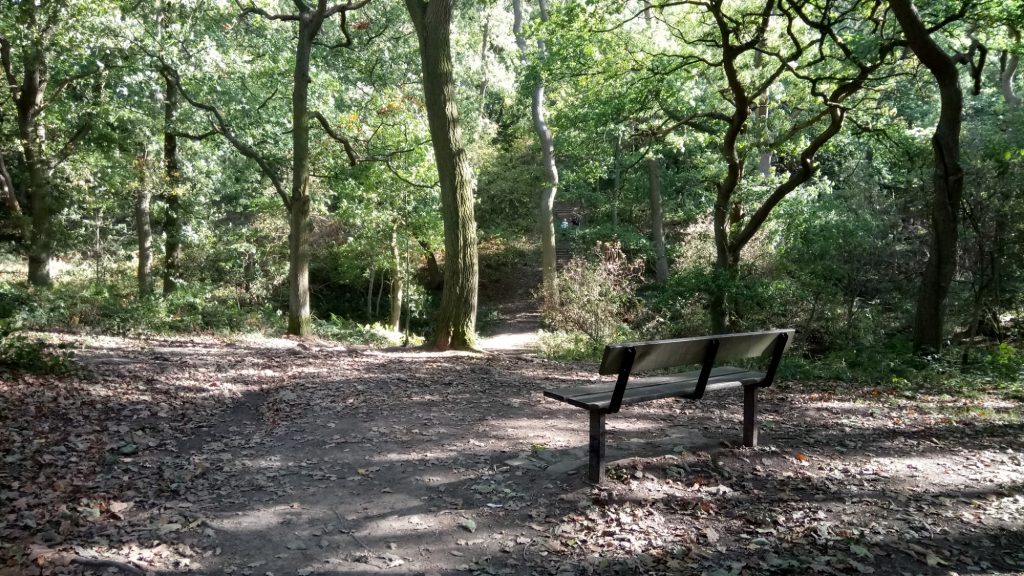Description
Roseberry Topping and Captain Cook’s Monument
A beautiful and challenging walk in the North York Moors . Roseberry Topping is an unusual landmark on the otherwise fairly level skyline of the North York Moors. It stands 1,050 feet/320 metres high.

Captain Cook country
During his early years, the young James Cook must have spent many hours walking in this area. Tantalising glimpses of the North Sea from the Topping doubtless set something racing in his heart. Within a few years Cook had started a journey that would take him around the world on his famous voyages of exploration. His initial steps, however, were closer to home. First to Staithes (where he was apprenticed to a local shopkeeper) and then to Whitby. Follow the trail, finding out about his schooldays in Great Ayton at the Captain Cook Schoolroom Museum, before visiting Whitby’s Captain Cook Memorial Museum, the latter housed in the building where apprentice seaman Cook first lodged.

Roseberry Topping
Roseberry Topping is an unusual landmark on the otherwise fairly level skyline of the North York Moors. A hard sandstone cap has protected the underlying soft shales and clays. So, while the surrounding area was worn away by ice, wind and rain, the Topping survived. Its dramatically shaped summit – seemingly cut away on one side – has another explanation, at least in part. Alum, jet and ironstone have all been quarried and mined out of the hill over the centuries, and ironstone mine workings led to the collapse of the western face in 1912.

Newton Wood
Parts of Newton Wood, on the slopes of Roseberry Topping, have existed for at least 400 years. Indeed, woods like this once covered much of the North York Moors. It’s broadleaved woodland, with sessile oaks, rowan, ash, alder and sycamore present – most of the oak trees are of similar size and were probably planted in the 1800s. Unsurprisingly, it’s one of the richest woods in the area for birdlife, featuring great spotted woodpeckers, blue tits, woodcock, wood warblers and flycatchers.






























